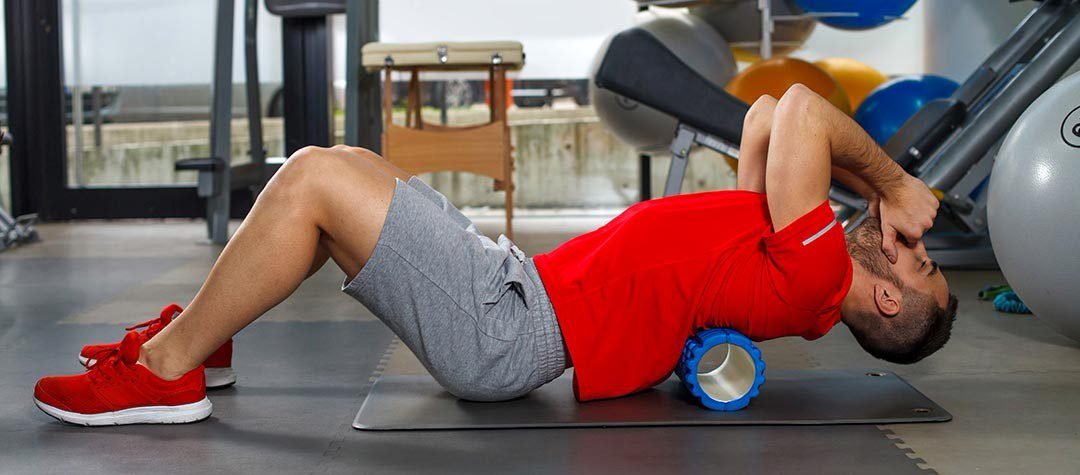Embarking on a fitness journey is a thrilling endeavor, but prioritizing your body’s well-being is paramount. To ensure your expedition is characterized by progress and safety, we’ve distilled a selection of vital guidelines for injury prevention and recovery. Whether you’re a newcomer to the fitness realm or a seasoned enthusiast, these principles will act as your guiding stars, steering you towards a secure and triumphant fitness odyssey.
1. Listen to Your Body’s Whispers
Your body is a vigilant sentinel, communicating through signals like discomfort, pain, or fatigue. These whispers are messages that demand your attention. They are not to be brushed aside, but rather embraced as crucial indicators. Respond promptly by adjusting or even halting exercises when necessary. Ignoring these cues can set the stage for avoidable injuries and hinder your progress.
2. Form Is Your Foundation
Think of exercise form as the bedrock of your fitness routine. Mastering proper posture and movements isn’t just a matter of aesthetics; it’s the essence of injury prevention. Each repetition is an opportunity to build strength while protecting your muscles and joints. Seek guidance from professionals to ensure your technique is spot-on, sparing you from the pitfalls of incorrect form.
3. Warm-Up Rituals: A Must-Have
View your warm-up as the overture to your fitness symphony. Dynamic stretches and light cardio are the opening notes that awaken your muscles and enhance blood circulation. Much like a conductor tuning an orchestra, your warm-up prepares your body for the symphony of movement ahead.
4. Cool Down, Don’t Skip Out
Your workout’s conclusion isn’t a final curtain call but a transition to the encore—the cool-down. Embrace static stretches like a graceful bow to the audience. These stretches alleviate muscle tension, reduce post-workout soreness, and cultivate flexibility. Skipping the cool-down is akin to leaving a melody unfinished.
5. The Gradual Ascent to Progress
Rome wasn’t built in a day, and neither is a resilient body. Progress should be an ascent, not a leap. The temptation to tackle heavy weights or intense exercises head-on can be alluring but risky. Instead, adopt a steady approach, allowing your body time to adapt and reducing the likelihood of overexertion and injuries.
6. Professional Insights Are Invaluable
Think of fitness professionals and healthcare experts as your mentors on this journey. Before embarking on uncharted fitness terrain, consult these seasoned navigators. They possess the wisdom to craft a personalized fitness map that aligns with your capabilities and aspirations. Their guidance acts as both a safety net and a blueprint for success.
7. Rest: An Underrated Powerhouse
Rest days are not detours; they’re pivotal stops on your fitness roadmap. These days provide your muscles the opportunity to recuperate and grow stronger. By minimizing the risk of burnout and injuries, they paradoxically enhance your overall progress. Engage in low-intensity activities on rest days to maintain momentum without undermining your recovery.
8. Stay Hydrated, Sustainably
Consider hydration as the fuel that powers your fitness engine. Sip water consistently during your workouts to counteract the fluid loss caused by perspiration. Adequate hydration enhances your performance, accelerates recovery, and supports your body’s overall equilibrium.
Incorporating these eight cardinal guidelines into your fitness journey guarantees a path characterized by caution, progress, and achievement. A journey devoid of injuries becomes the most enduring route to realizing your fitness aspirations. Remember, each step taken with mindfulness brings you closer to the summit of your goals.
